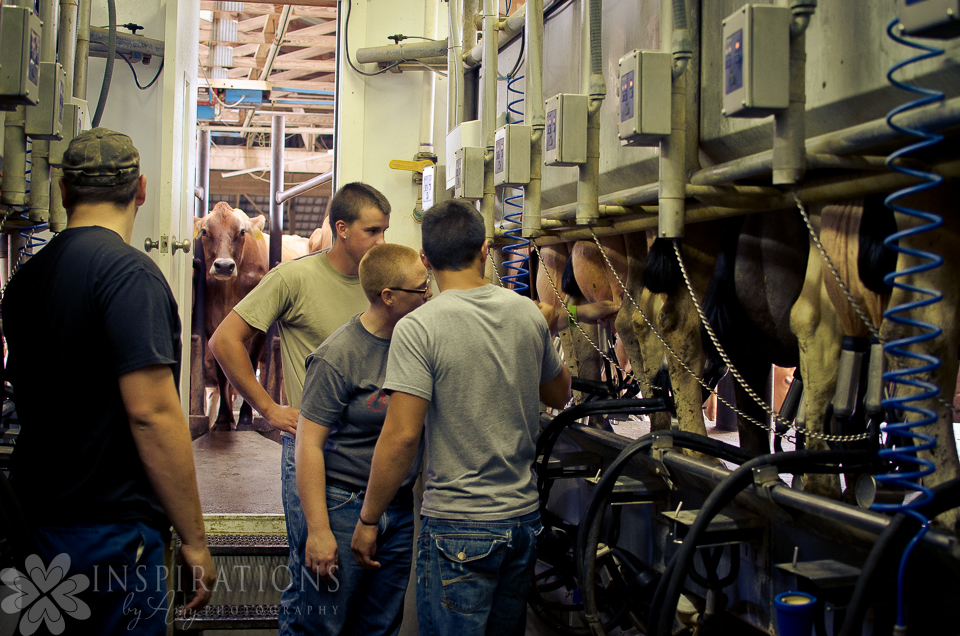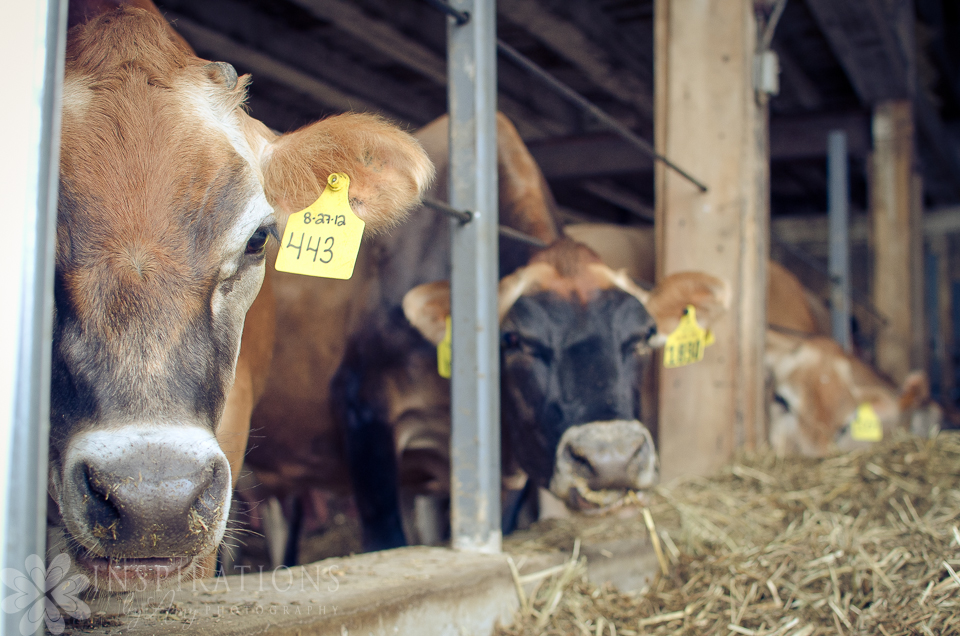Ohio Farm Stories
The digital storytelling assignment described in this text evolved out of my research with the Ohio Farm Stories project. The Ohio Farm Stories project began as an initiative to digitally archive the stories of local century farmers. From February 1, 2014, through October 31, 2014, The University of Findlay and The Hancock Historical Museum conducted an oral history project to collect and showcase the narratives of Hancock County farmers. In collecting these narratives, Christine Denecker (The University of Findlay) and Sarah Sisser (The Hancock County Historical Society) worked to provide Ohioans an opportunity to reflect on and discuss the historical trace of local groups, communities, and cultures; the ways in which agriculture has and continues to shape lives and community, and how farming values and practices have evolved to meet societal demands over time.
Below are some images captured by photographer Amy DePuy (2014) that showcase media captured in this phase of the project.
I joined the project in August 2015 to support the continued collection and curation of digital artifacts. After conversation, Denecker, Sisser, and I decided it might be useful to have students in my upcoming Introduction to Digital Media course create short digital stories. These stories assist in engaging the community with the content from the project already collected and any additional video, audio, and imagery the students might choose to acquire.
Assignment
In the first week of classes, students in the course were introduced to the digital storytelling assignment. During that time, we visited Mark Metzger’s farm. Mark is a local century farmer and he and his wife, Dina, were eager to host students and share stories about their farm. You can see some footage of the interactions students had with the Metzgers during the visit below.
In addition to welcoming students with cookies and coffee that morning, Mark spent time taking them on a tour of his barn and property, sharing stories of the history of the farm and of his family. As you will see and hear in the video interviews, the trip to the farm impacted the students in different but significant ways. Further, the affective responses students had on the farm and through conversation with Mark and Dina shaped the digital stories they told, as they explain in their interviews and written reflections. After our first trip to the Metzger farm, I offered other opportunities for students to come and collect footage for their projects (which we all shared as a class), and several students returned to the farm to visit with Mark and Dina and collect digital artifacts as their stories progressed throughout the semester.
The assignment was designed to work into other course readings about both digital stories and rural literacies and in-class projects (see the syllabus for more details). Students also completed reflective progress reports so that I could monitor and assist them in working through story ideas and content along with technical expertise.




